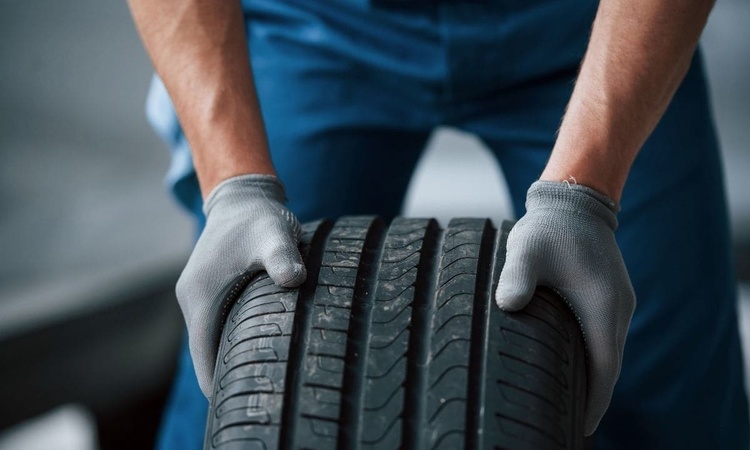What to Expect in Annual Vehicle Safety Inspections
This article serves as a comprehensive guide to understanding and preparing for annual vehicle safety inspections. Covering important checkpoints, common issues, and tips for passing inspections, this guide is essential for all vehicle owners looking to ensure road safety compliance.

Understanding Vehicle Safety Standards and Requirements
Vehicle safety standards encompass multiple components that must meet specific criteria during inspection. These standards typically include proper functioning of lights, brakes, steering systems, and emissions controls. Requirements vary by jurisdiction, but most locations mandate annual inspections for vehicles above a certain age. Inspectors evaluate each component against established safety benchmarks to determine if a vehicle is roadworthy.
Essential Components of a Vehicle Inspection Checklist
A comprehensive vehicle inspection examines numerous systems and components:
-
Brake system functionality and pad condition
-
Steering and suspension components
-
Tire tread depth and condition
-
All exterior lights and signals
-
Windshield and window condition
-
Horn operation
-
Exhaust system integrity
-
Seat belt functionality
-
Mirrors and visibility equipment
Preparing Your Vehicle for Inspection
Taking proactive steps before the inspection can improve chances of passing:
-
Check and replace burnt-out bulbs
-
Ensure windshield wipers function properly
-
Verify tire pressure meets specifications
-
Clean all lights and reflectors
-
Test horn and emergency signals
-
Address any warning lights on dashboard
Common Reasons for Inspection Failure
Understanding frequent failure points helps prevent unnecessary return visits:
-
Inadequate brake pad thickness
-
Excessive exhaust emissions
-
Malfunctioning indicator lights
-
Insufficient tire tread depth
-
Cracked windshield beyond acceptable limits
-
Non-functioning safety equipment
Typical Inspection Costs and Timeframes
| Service Type | Average Cost Range | Typical Duration |
|---|---|---|
| Basic Safety Inspection | $20-$50 | 30-45 minutes |
| Emissions Testing | $25-$75 | 15-30 minutes |
| Combined Safety & Emissions | $40-$100 | 45-60 minutes |
Prices, rates, or cost estimates mentioned in this article are based on the latest available information but may change over time. Independent research is advised before making financial decisions.
Meeting Car Inspection Requirements
Successfully completing an inspection requires maintaining vehicle components throughout the year. Regular maintenance helps identify potential issues before they become serious enough to cause inspection failure. Keep detailed maintenance records and address any mechanical concerns promptly to ensure compliance with safety standards. Understanding local requirements and scheduling inspections before registration deadlines helps avoid last-minute complications.
The annual vehicle safety inspection process, while potentially time-consuming, serves as a crucial mechanism for maintaining road safety standards. By understanding inspection requirements and preparing accordingly, vehicle owners can navigate the process efficiently while ensuring their vehicles meet all necessary safety criteria.




